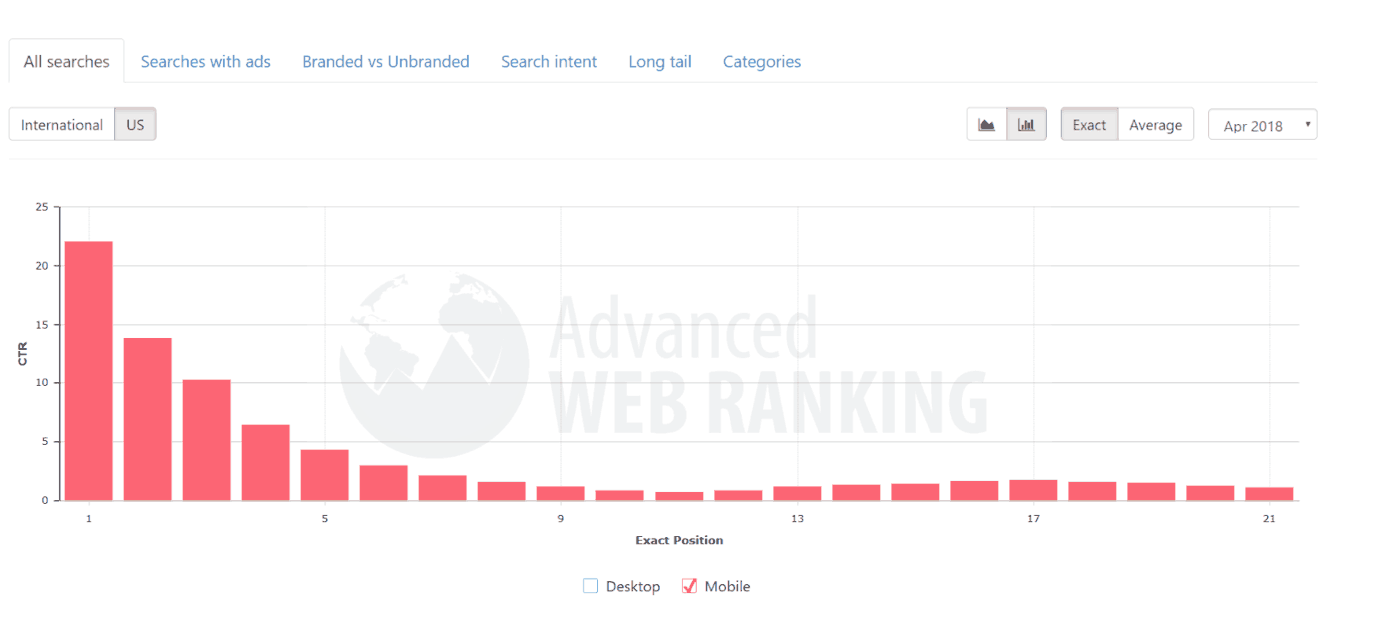As of July 2018, Google is Locking Up Your Firm’s Website and Throwing Away the Key
Earlier this year Google announced a significant change in how they will rank websites for mobile searches. As of July 2018, Google will now consider the “site speed” or loading time of your mobile site as part of its ranking algorithm.
This aptly titled “Speed Update” will lower the rankings of certain sites under certain conditions within the mobile search results pages.
Google maintains the update will only affect pages that “deliver the slowest experience to users” and will only affect a “small percentage of queries” in total. However, considering that Google processes some 3.5 billion search queries per day, that “small percentage” can amount to millions of affected websites.
You don’t want your firm’s website to be one of those affected.
While the speed update isn’t as significant as previous Google algorithm updates, you should be aware of the potential ramifications and prep your website ahead of time if you value your Google ranking.
Why Page Speed and Why Now?
The search industry leader has increasingly prioritized page speed or page loading times in recent years.
- Google has used page speed as a ranking factor for desktop searches as far back as April of 2010.
- In February 2016, Google began highlighting AMP pages (Accelerated Mobile Page technology aimed at speeding up mobile page rendering and content delivery) within their mobile search result pages.
- Even more recently, they’ve made the switch to the Mobile First Index shifting overall search results towards favoring the mobile version of the website over the desktop version.
This ongoing series of mobile-focused changes to the Google search algorithm is crucial to all websites considering most users today search the web via mobile devices.
Mobile searches first surpassed desktop searches in 2015 and have continued trending upwards. While Google has not provided official numbers recently, there are numerous third-party reports highlighting the continued rise of mobile. For example, StatCounter reports that mobile traffic in the United States now accounts for 54 percent of overall web traffic.
Google aims to deliver the most relevant and user-friendly results to their users and taking page speed into consideration is one more step in that direction.
Will the Page Speed Update Affect My Firm’s Website?
So, what are we to make of all this? If this update isn’t necessarily a “significant” change, should you still be worried? Short answer: yes.
As previously mentioned, Google processes somewhere in the vicinity of 3.5 billion search queries per day. Even if a small percentage of those queries fall under the conditions set forth in this update, it may lead to millions of sites being affected.
If your website is one of those affected, even a slight drop in rankings can be catastrophic.
BrightEdge, a leading SEO marketing platform developer, reported that mobile versus desktop search queries produce different rankings almost 80 percent of the time. In other words, you need to pay attention to where your website is ranking in both mobile and desktop searches.

The above chart lays out the click-thru percentage of each mobile search result based on position. The top ranking garners 22% of all user clicks whereas the 10th position (last spot on page one) garners slightly more than 1% of those same clicks. Even a slight drop can wipe out 90% of your potential traffic.
Worrisome? It should be.
The Time to Prepare is Now
The good news is this can be prevented with some proactive measures. The time is now to speak with your IT team, your web developer or your digital marketing consultant to see if your site is in danger of tanking once the update begins to roll out. Google has provided several resources that can be used to evaluate your website’s performance:
- Chrome User Experience Report, a public dataset of key user experience metrics for popular destinations on the web, as experienced by Chrome users under real-world conditions.
- Lighthouse, an automated tool and a part of Chrome Developer Tools for auditing the quality (performance, accessibility, and more) of web pages.
- PageSpeed Insights, a tool that indicates how well a page performs on the Chrome UX Report and suggests performance optimizations.
“Nothing remains constant except change itself.” As the Digital Marketing Director of MAXPlaces Marketing, I’m forever dissecting each and every Google update as a proactive measure. Even minor updates like this may require on-the-fly adjustments to our campaign strategies to ensure we’re always ahead of the curve. Looking out for our client’s best interests has become our hallmark as it should for any B2B or B2C provider.
This post originally appeared on the MAXPlaces blog on Medium.